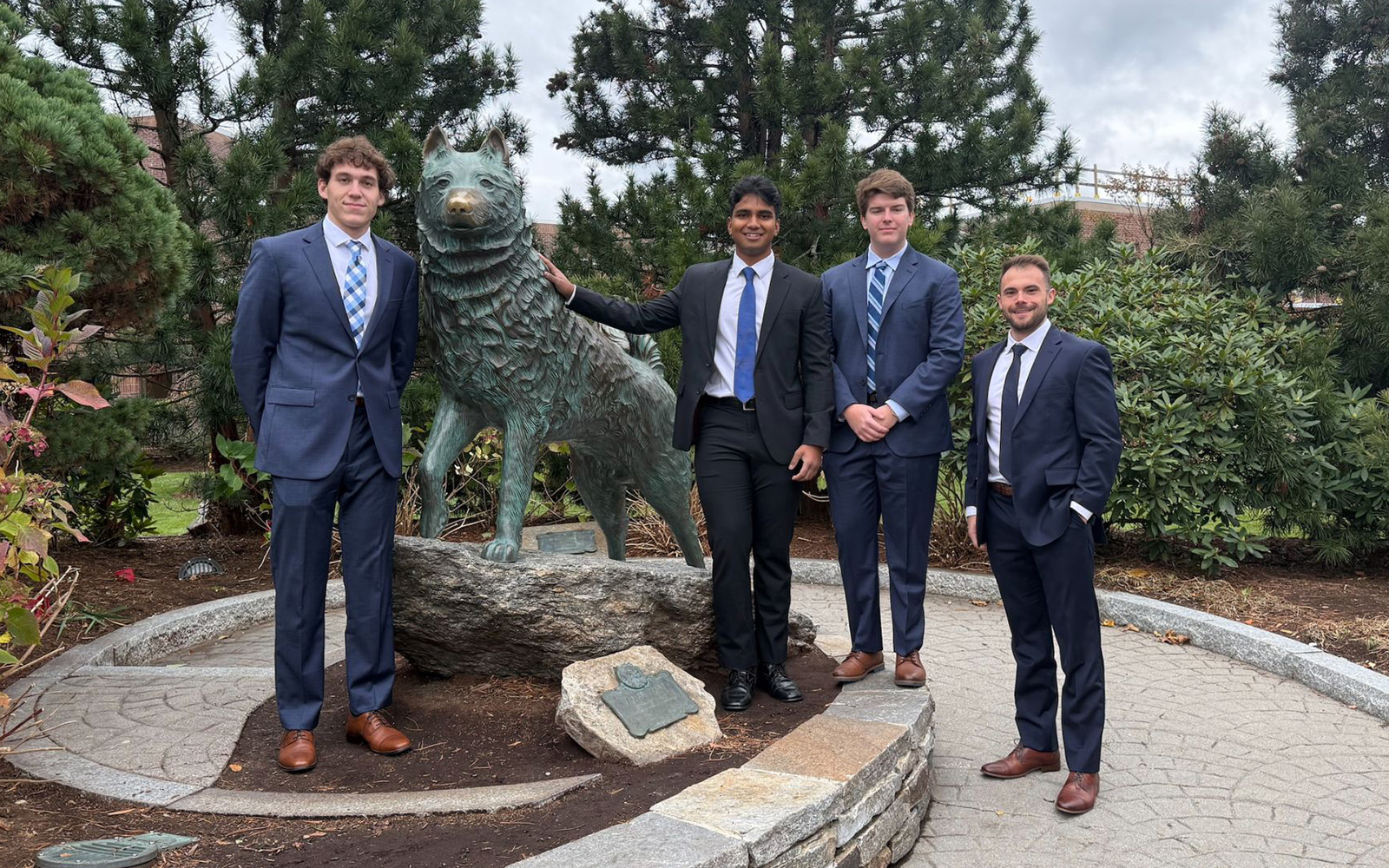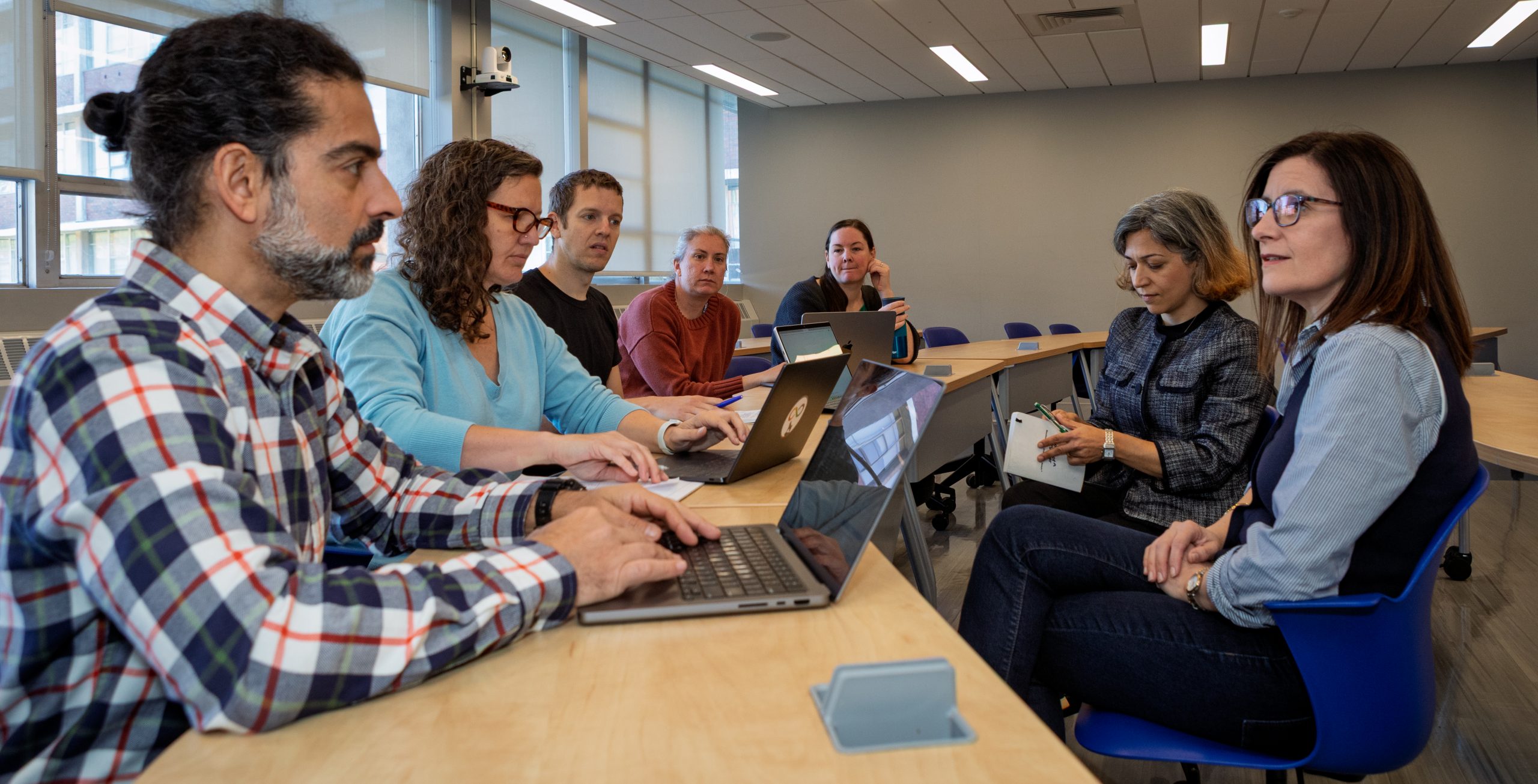
Last weekend, 30 area residents descended on the YMCA’s Camp Woodstock on Black Pond in Woodstock, Conn. The group ranged from UConn students to senior citizens and came from all over northeast Connecticut, but they all had the same purpose: They wanted to learn how to become a conservation volunteer in Connecticut’s quiet corner.
“Many people are interested in volunteering to help preserve their natural heritage, but they just don’t know where to start,” says Holly Drinkuth of the UConn Department of Extension. “This retreat was intended to teach them how they can make a difference.”
Drinkuth is the land and natural resource program coordinator at the Green Valley Institute, a collaboration among the UConn Extension System, the University of Massachusetts Extension System, and the non-profit groups The Last Green Valley and The Nature Conservancy. From Friday evening through Sunday afternoon, Drinkuth and a host of instructors, from municipal and state natural resources planners to state non-profit educators, teamed up to give volunteers a crash course in keeping Connecticut green.
“If you fly in an airplane up the East coast at night, the whole corridor from Washington, D.C. to Boston is lit up with civilization,” says Susan Westa, a UConn extension educator with the Green Valley Institute and a co-organizer of the retreat. “But there’s one dark corridor that begins here in Eastern Connecticut, and we call that the Last Green Valley.”
Also known as the Quinebaug-Shetucket National Heritage Corridor, this valley stretches from southeastern Connecticut to just south of Worcester, Mass. The area encompasses 695,000 acres and is made up primarily of forest and rural farmland.

“This rural area has natural resources, rural agricultural villages, and scattered historic downtowns that are unique in this urban corridor,” says Westa. “Our mission is to educate people about this green valley, and encourage them to protect it.”
Over the course of their weekend, participants learned about the natural makeup of the valley, including forests, wildlife, soils, geology, and water flows in the landscape. They also collected environmental data in “Citizen Science” modules, where they measured water quality, tracked signs of wildlife, and learned to spot invasive species.
UConn senior John Sherman, an anthropology and natural resources and environment double major, attended the weekend to strengthen his already broad knowledge of conservation practices, and to learn about opportunities in the area. Sherman lives in UConn’s EcoHouse, a learning community dedicated to sustainable living, and is also the president of the Forestry and Wildlife Club. He plans to use the training weekend as an outlet for volunteering opportunities for these two groups.
“I’d like to get the Forestry Club involved in something like Joshua’s Trust or another citizen science program,” he says.

The retreat’s instructors stressed that outdoor activities are just a few of the many volunteer opportunities in Connecticut, and that individuals can tailor their volunteer experience to their own skills. On Saturday evening, a panel of municipal officials and conservation group volunteers talked about potential volunteer jobs as trail maintainers, stewards for land trusts, town conservation and planning commissioners, office volunteers, writers, photographers, and record keepers. The bottom line: There’s a job for everyone, from 18 to 85.
Sherman found this discussion particularly useful. “It’s not all what you might think, like collecting bugs in a stream,” he says. “We learned that there are so many other things you can do as a volunteer.”
Participants headed home Sunday afternoon equipped with the tools and contacts to begin volunteering: each of them will serve a one-year volunteer commitment following the retreat. Although, says Drinkuth, no qualifications were needed to participate in the weekend, the one thing all the participants had was a willingness to learn and to give back to their community – both qualifications that she says ended up changing her life.
“Ten years ago, I owned a chocolate company. Then I came to this annual weekend retreat,” she says. “I became chair of a conservation commission, then went back to school for earth sciences. Now here I am doing this full-time. I’m proof that this retreat can really change someone’s life.”


